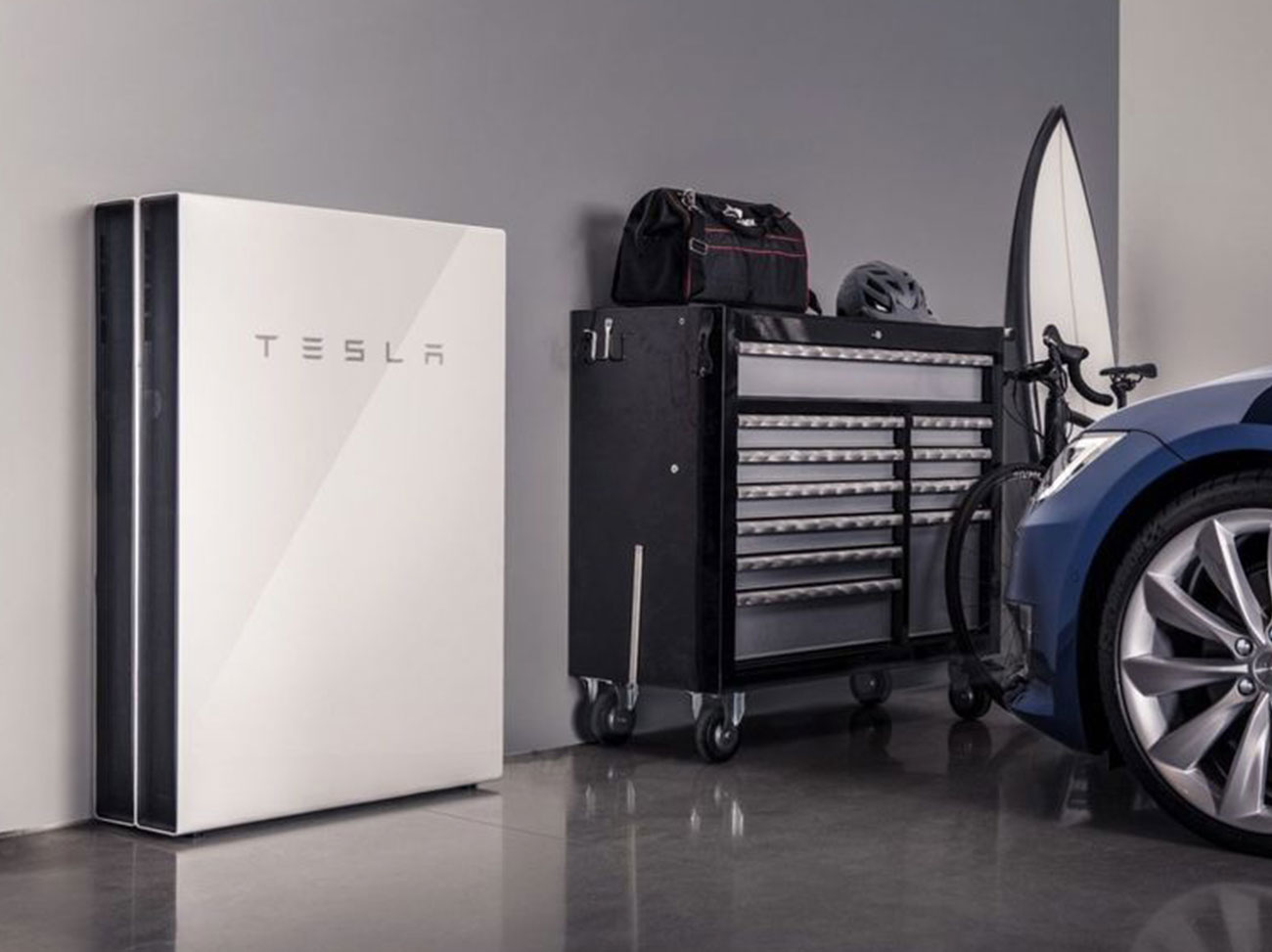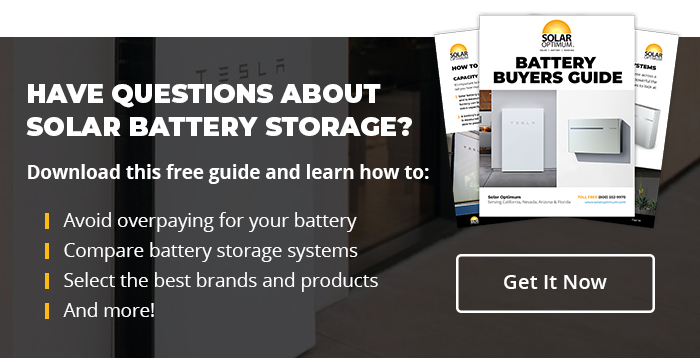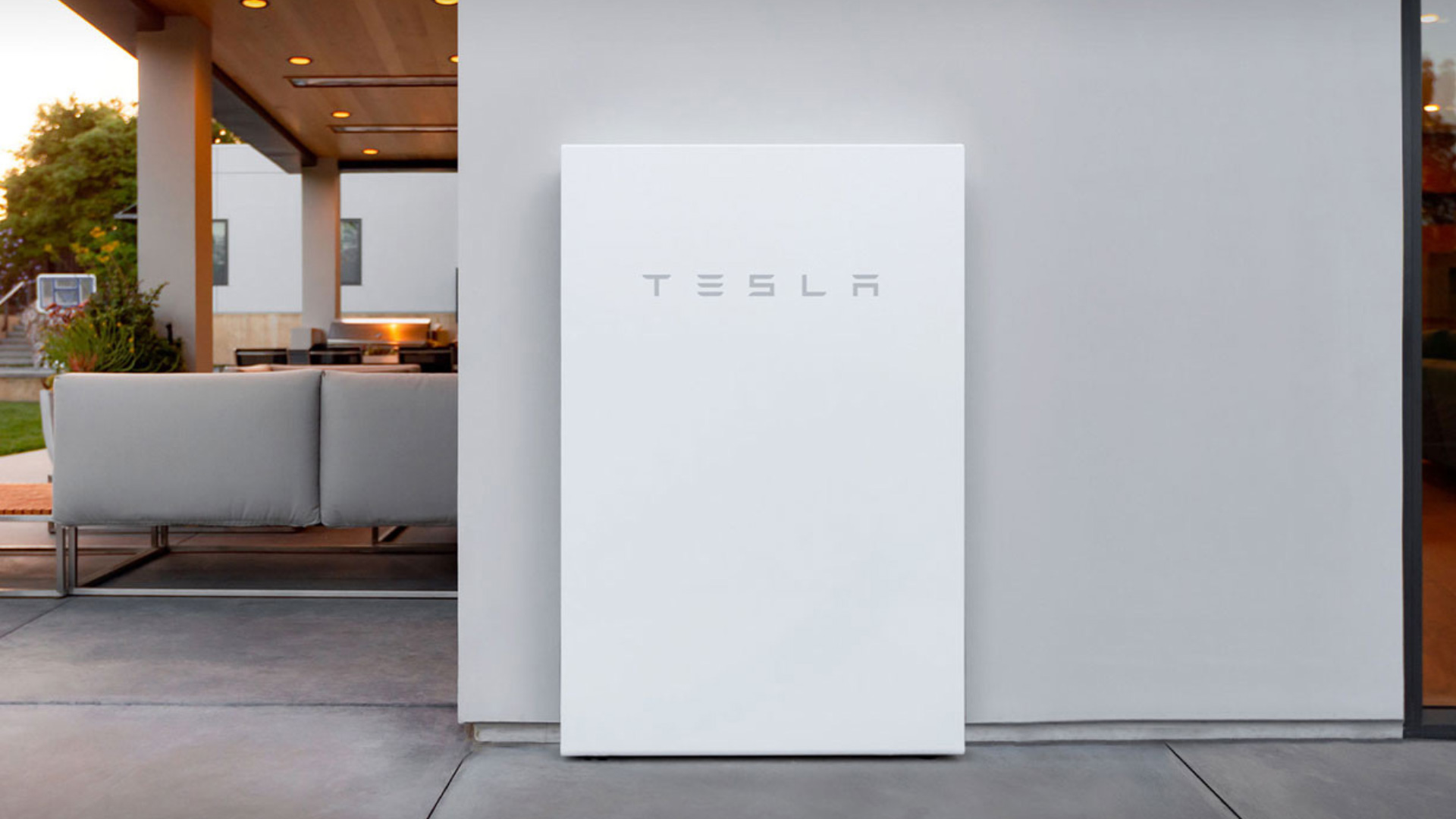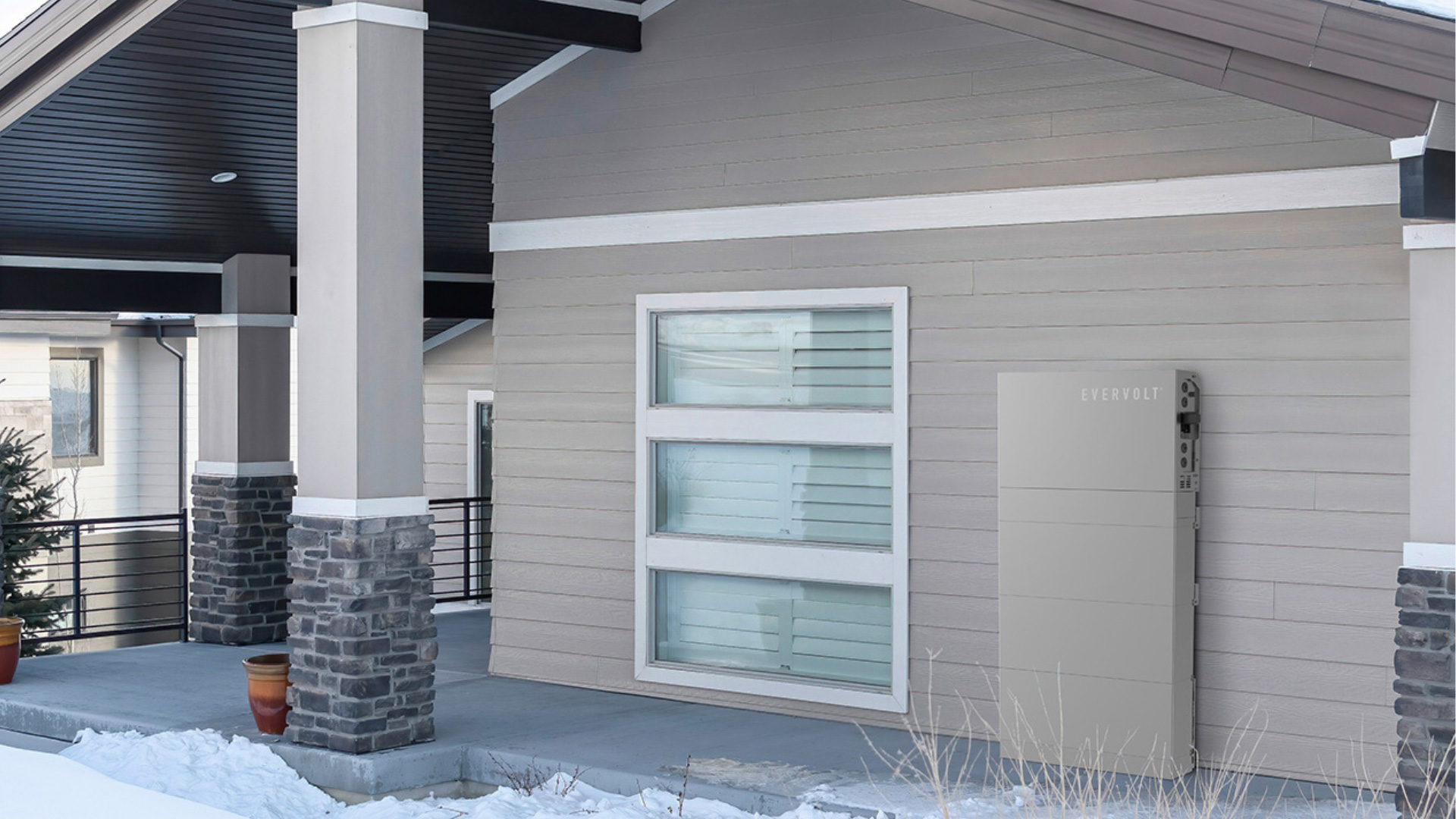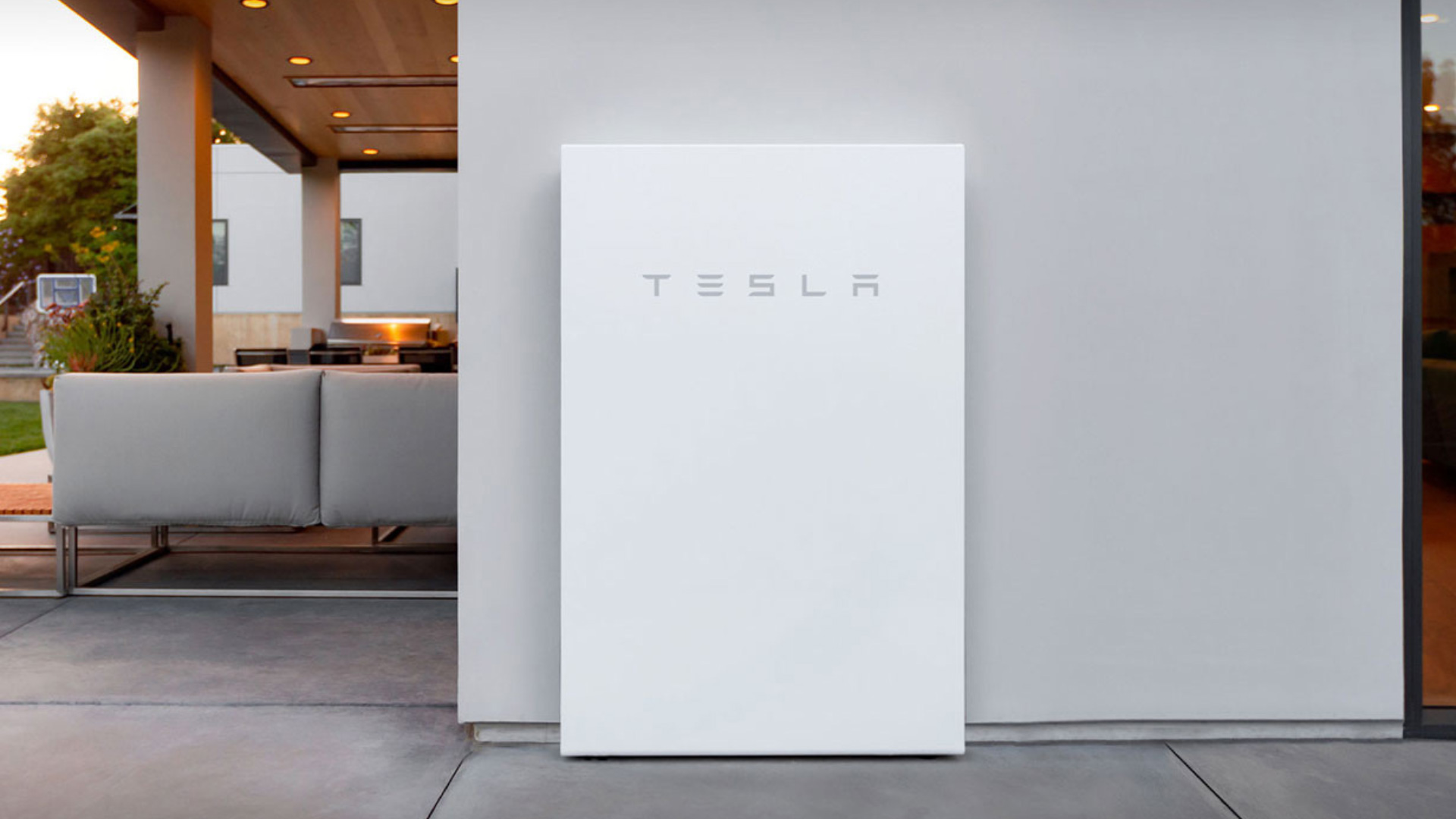In case you haven’t heard yet, the California Public Utilities Commission (CPUC) passed the latest net metering bill – termed NEM 3.0 – in December of 2022. The new policy introduces many changes that will affect the value of solar energy and make it harder for homeowners to pay off their system.
After NEM 3.0 takes effect on April 14, 2023, new solar customers will receive less money for the excess energy they sell back to the grid. This means that solar battery storage will become essential for homeowners who want to use all their energy instead of selling it.
What did NEM 3.0 change?
NEM 3.0 brings changes to the rate structure, replacing net metering with net billing where your credits are much closer to wholesale rates. This reduces how much credit you make for the excess solar electricity you send to the grids (your export rate) by up to 75%. You should be concerned with NEM 3.0 if you deal with the three major Investor Owned Utilities (IOUs) in California;
- Pacific Gas & Electric (PG&E)
- Southern California Edison (SCE)
- San Diego Gas & Electric (SDG&E)
Where you made $0.40/kWh under NEM 2.0, you will be making about $0.09/kWh under NEM 3.0. If you’re thinking “This reduces the incentive for me to go solar” Well, you’re right. NEM 3.0 is bad for solar, but solar battery storage can help to curb the negative impacts.
Why NEM 3.0 Makes Battery Storage Essential
California NEM 3.0 diminishes the value of solar electricity sent during the day and gives more to setups that incorporate storage through batteries. By storing electricity in your batteries and exporting during the peak hours of the night, you earn a much higher differentiated TOU or “electrification rate.” This benefit stems from the assistance you give during these hours when grids are put under more stress as there isn’t any generated solar energy.
NEM 3.0 already represents a shift of value away from the solar-only market. As a new solar owner, you are incentivized or even advised to incorporate the use of solar battery storage into your systems from now on.
You don’t only enjoy benefits from the emerging solar-plus-battery market but you also avoid foreseeably stringent policy changes against solar-only setups in the future. NEM 3.0 additionally reduces the solar tax on your residential systems, which is now set between $8/kWh and $0/kWh for low-income participants monthly. Some participants even earn from being involved in the new NEM scheme.
Act Now To Beat NEM 3.0
There’s still time to register your system under NEM 2.0. If you submit your interconnection paperwork by April 13, 2023, you can be grandfathered into NEM 2.0 for another 20 years and still receive the higher export rates for solar power.
If you want to get the ball rolling on your solar installation or just learn more about solar battery storage, contact us today. Our Energy Consultants are standing by to answer your questions.

